Why Routine Maintenance is required for a car Routine car maintenance is the key to keeping your new or used vehicle running smoothly for years to come. Many car owners underestimate the importance of regular checks and inspections, leading to unexpected breakdowns and costly repairs. In this comprehensive guide, we’ll explore the essential routine maintenance tasks every car owner should be aware of and integrate into their vehicle care routine.
Checking Fluid Levels
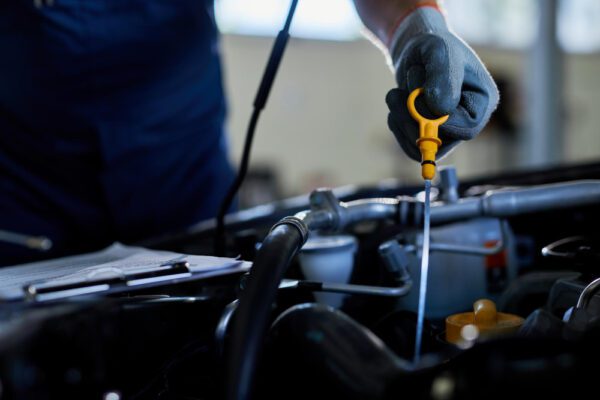
Engine Oil
One of the fundamental aspects of routine maintenance is monitoring your engine oil. Regularly check the oil levels and ensure it’s within the recommended range. Low oil levels can lead to increased friction and potential engine damage. Plan regular oil changes based on your vehicle’s specifications to maintain optimal engine performance.
Transmission Fluid
Transmission fluid is the lifeblood of your vehicle’s transmission system. Regular checks and fluid replacements can prevent costly transmission repairs. Be sure to follow your car manufacturer’s recommendations for transmission fluid change intervals.
Brake Fluid
A critical component of your braking system, brake fluid needs routine checks. Low brake fluid levels can compromise braking efficiency, posing a safety risk. Regularly inspect and top up brake fluid as needed, and consider a complete flush per your vehicle’s maintenance schedule.
Coolant Levels
Maintaining proper coolant levels is essential for preventing engine overheating. Check the coolant reservoir regularly and ensure the coolant mixture is appropriate for your climate. Periodically flush and replace the coolant to prevent corrosion and ensure efficient engine cooling.
Tire Care
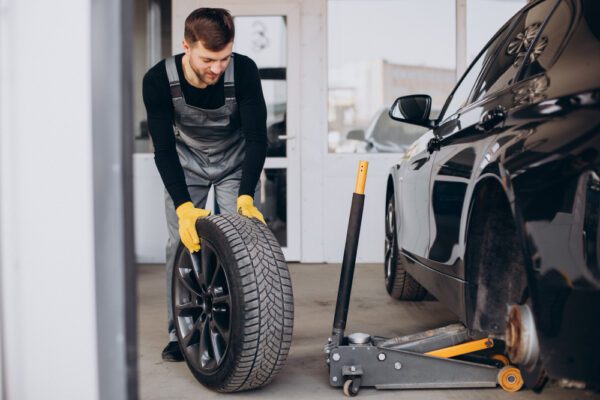
Tire Pressure
Proper tire pressure is crucial for safety and fuel efficiency. Underinflated tires can lead to poor handling and increased fuel consumption. Use a tire pressure gauge to check and adjust tire pressure according to the manufacturer’s recommendations.
Tread Depth
Monitor tire tread depth to ensure adequate traction, especially in adverse weather conditions. Bald tires compromise road grip and increase the risk of hydroplaning. Replace tires when the tread depth reaches the recommended minimum.
Rotation and Alignment
Regular tire rotation promotes even tire wear, extending the lifespan of your tires. Wheel alignment ensures proper vehicle handling and prevents uneven tire wear. Schedule tire rotations and alignments as per your vehicle’s maintenance guidelines.
Brake System Inspection
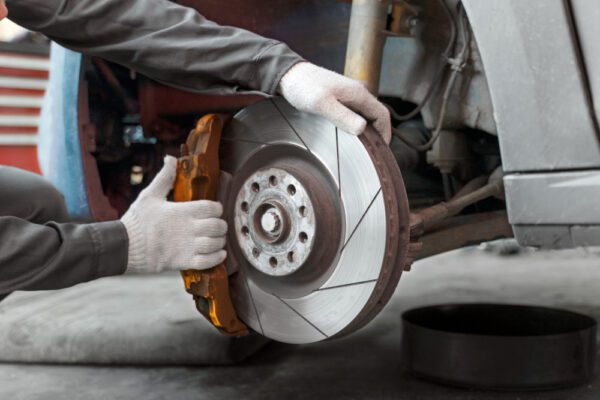
Brake Pads
Inspect brake pads for wear regularly. Worn-out brake pads can compromise stopping power and increase braking distances. Replace pads as needed, and follow manufacturer recommendations for brake pad replacement intervals.
Brake Rotors
Smooth, properly functioning rotors are crucial for effective braking. Warped or worn rotors can lead to brake pulsation and decreased braking performance. Replace rotors as part of your routine brake system maintenance.
Brake Lines
Regularly check brake lines for leaks and corrosion. Any compromise in the brake lines can lead to brake failure, posing a significant safety hazard. Address any issues promptly and seek professional assistance if needed.
Battery Health

Checking Battery Terminals
Inspect battery terminals for corrosion and ensure a secure connection. Corroded terminals can impede the flow of electricity and lead to starting issues. Clean terminals regularly and apply a protective coating.
Testing Battery Voltage
Use a multimeter to test battery voltage regularly. A weak battery can result in starting problems, especially in cold weather. Consider replacing the battery if voltage readings fall below recommended levels.
Air Filter Replacement

Importance of a Clean Air Filter
A clean air filter is essential for optimal engine performance and fuel efficiency. A clogged air filter restricts airflow, leading to decreased power and increased fuel consumption. Replace the air filter according to your vehicle’s maintenance schedule.
DIY Air Filter Replacement
Replacing an air filter is a simple task that can be done by most car owners. Save money by performing this task yourself and enhance your vehicle’s overall performance. Refer to your car’s manual for guidance on air filter replacement.
Inspection of Belts and Hoses
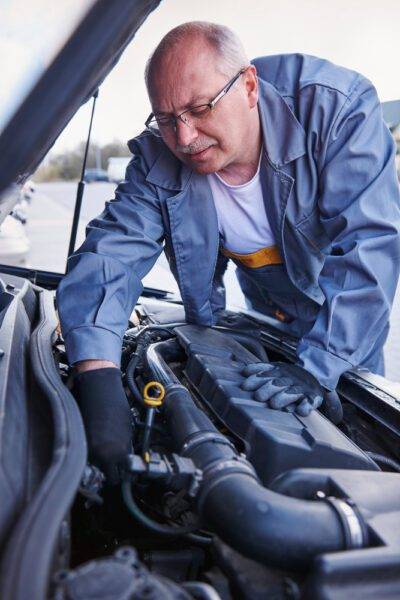
Serpentine Belt
The serpentine belt drives essential components of your vehicle. A worn or damaged belt can cause engine overheating and accessory failures. Regularly inspect the serpentine belt for cracks and replace it as needed.
Radiator Hoses
Inspect radiator hoses for leaks or signs of wear. A leaking radiator hose can result in engine overheating and damage. Replace hoses at recommended intervals to prevent unexpected failures.
Timing Belt
For vehicles equipped with timing belts, adhere to the manufacturer’s replacement schedule. A broken timing belt can lead to severe engine damage. Stay proactive and replace the timing belt as recommended.
Lights and Signals

Headlights
Ensure both headlights are working correctly and properly aligned. Dim or misaligned headlights can reduce visibility, especially at night. Replace bulbs promptly and realign headlights as needed.
Brake Lights
Regularly check brake lights to ensure they illuminate properly. Faulty brake lights can pose a safety hazard by reducing visibility to other drivers. Replace bulbs and address electrical issues promptly.
Turn Signals
Functional turn signals are crucial for safe driving. Inoperative turn signals can lead to confusion and increase the risk of accidents. Check and replace bulbs as needed, and address any electrical issues promptly.
Wiper Blades Maintenance
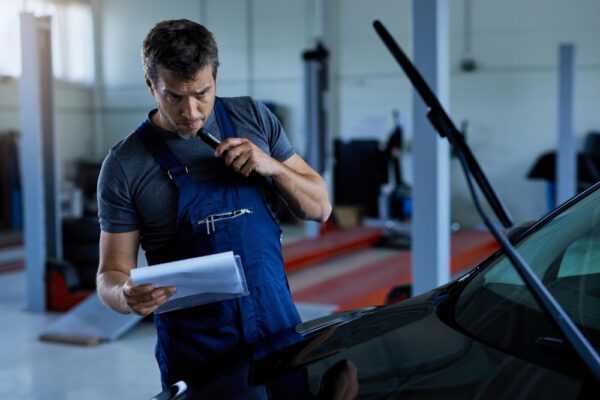
Regular Inspection
Inspect wiper blades regularly for signs of wear and tear.
Worn blades can hinder visibility during adverse weather conditions, increasing the risk of accidents. Replace blades as soon as they show signs of deterioration.
Replacement Guidelines
Follow manufacturer recommendations for wiper blade replacement. Fresh wiper blades ensure clear visibility and enhance driving safety, especially during rain or snow. Replace blades promptly if they streak or leave residue.
Undercarriage Check
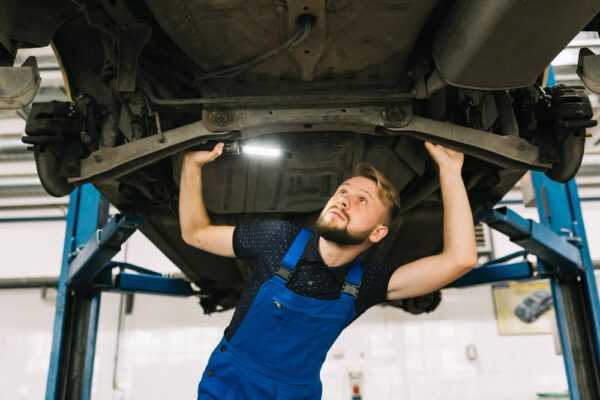
Rust Prevention
Regularly inspect the undercarriage for signs of rust and corrosion. Rust can weaken the vehicle structure and compromise safety. Use rust prevention measures and address any rust spots promptly.
Exhaust System
Check the exhaust system for leaks and damage. A compromised exhaust system can affect fuel efficiency and contribute to air pollution. Address any issues promptly to maintain optimal vehicle performance.
Suspension System
Shocks and Struts
Well-maintained shocks and struts contribute to a smooth ride. Worn shocks can lead to poor handling and increased braking distances. Replace shocks and struts as recommended by your vehicle’s manufacturer.
Steering Components
Regularly inspect steering components for wear and play. A responsive steering system is crucial for safe vehicle operation. Replace worn components to ensure precise steering control.
Engine Diagnostic
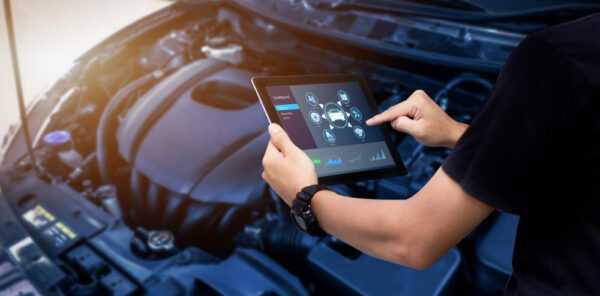
OBD-II System
Utilise the OBD-II system for regular engine diagnostics. Monitoring error codes can help identify potential issues before they escalate. Invest in a quality OBD-II scanner for comprehensive diagnostics.
Regular Scans for Error Codes
Perform regular scans for error codes and address any issues promptly. Timely intervention can prevent major engine damage and costly repairs. Follow the manufacturer’s recommendations for scan intervals.
Cleaning and Detailing
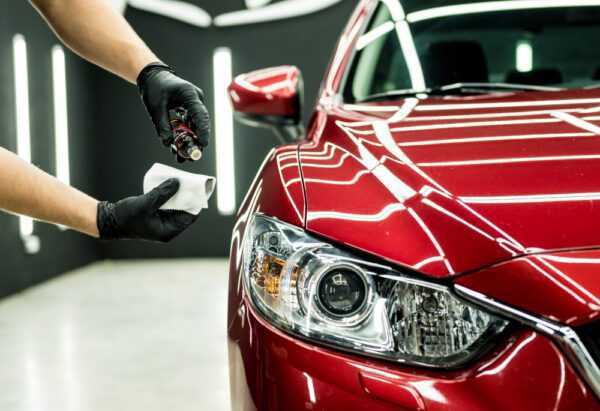
Exterior Maintenance
Regularly wash and wax your car to protect the paint and finish. A well-maintained exterior enhances the vehicle’s resale value and overall aesthetics. Address any scratches or paint damage promptly.
Interior Care
Clean and vacuum the interior regularly to maintain a pleasant driving environment. Regular interior care prevents odours, stains, and wear. Use appropriate cleaners for different surfaces.
Professional Inspections
Regular Checkups by Mechanics
Schedule regular checkups with a qualified mechanic. Professional inspections can identify issues that may not be apparent during routine checks. Follow the recommended maintenance schedule for professional services.
Timing for Professional Services
Adhere to your vehicle’s recommended maintenance schedule for professional services. Regular tune-ups and inspections by professionals can extend the lifespan of your vehicle. Discuss your driving habits with your mechanic to tailor services to your specific needs.
Final Conclusion
In conclusion, routine car maintenance is the foundation of a reliable and efficient vehicle. By staying proactive and addressing issues promptly, you can avoid costly repairs and ensure a smooth driving experience. Incorporate these routine checks into your regular vehicle care routine to enjoy the long-term benefits of a well-maintained car.
| Maintenance Task | Frequency | Notes and Tips |
| Checking Fluid Levels | ||
| Engine Oil | Every 3,000 – 5,000 miles | Change based on manufacturer guidelines |
| Transmission Fluid | As per manufacturer’s recommendations | Regular checks prevent transmission issues |
| Brake Fluid | Regularly check, top up as needed | Consider a complete flush per maintenance schedule |
| Coolant Levels | Regular checks and flush as needed | Maintain proper levels and coolant mixture |
| Tire Care | ||
| Tire Pressure | Monthly | Use a tire pressure gauge |
| Tread Depth | Regularly | Replace tires when tread depth is insufficient |
| Rotation and Alignment | Follow manufacturer’s guidelines | Promotes even wear and proper handling |
| Brake System Inspection | ||
| Brake Pads | Regular inspections | Replace when thickness is around 3mm |
| Brake Rotors | Check during brake pad replacement | Ensure smooth, functional rotors |
| Brake Lines | Regular inspections | Address leaks and corrosion promptly |
| Battery Health | ||
| Checking Battery Terminals | Monthly | Clean terminals, apply protective coating |
| Testing Battery Voltage | Regularly | Consider replacement if voltage is low |
| Air Filter Replacement | ||
| Importance of a Clean Air Filter | Follow manufacturer’s guidelines | Enhances engine performance and fuel efficiency |
| DIY Air Filter Replacement | As per manufacturer’s recommendations | Simple task for most car owners |
| Inspection of Belts and Hoses | ||
| Serpentine Belt | Regular inspections | Replace if worn or damaged |
| Radiator Hoses | Regular inspections | Replace at recommended intervals |
| Timing Belt | Follow manufacturer’s recommendations | Critical for engines with timing belts |
| Lights and Signals | ||
| Headlights | Regular checks | Replace bulbs promptly, realign as needed |
| Brake Lights | Regular checks | Ensure proper illumination |
| Turn Signals | Regular checks | Check and replace bulbs as needed |
| Wiper Blades Maintenance | ||
| Regular Inspection | Regular checks | Replace when showing signs of wear |
| Replacement Guidelines | Follow manufacturer’s recommendations | Ensure clear visibility during adverse conditions |
| Undercarriage Check | ||
| Rust Prevention | Regular inspections | Address rust spots promptly |
| Exhaust System | Regular checks | Address leaks and damage promptly |
| Suspension System | ||
| Shocks and Struts | Regular inspections | Replace as recommended by the manufacturer |
| Steering Components | Regular inspections | Replace worn components |
| Engine Diagnostic | ||
| OBD-II System | Periodic scans | Use an OBD-II scanner for comprehensive diagnostics |
| Regular Scans for Error Codes | Periodic scans | Address issues promptly |
| Cleaning and Detailing | ||
| Exterior Maintenance | Regularly wash and wax | Address scratches and paint damage promptly |
| Interior Care | Regular cleaning | Use appropriate cleaners for different surfaces |
| Professional Inspections | ||
| Regular Checkups by Mechanics | Follow recommended schedule | Identify hidden issues and ensure overall health |
| Timing for Professional Services | Follow vehicle’s maintenance schedule | Tune-ups and inspections extend vehicle lifespan |
FAQs
- How often should I change my engine oil?
- Follow your vehicle manufacturer’s recommendations, but a general guideline is every 3,000 to 5,000 miles.
- Why is tire rotation important?
- Tire rotation promotes even tire wear, ensuring a longer lifespan and improved vehicle handling.
- When should I replace my brake pads?
- Replace brake pads when they reach about 3mm thickness to maintain optimal braking performance.
- How can I improve my car’s fuel efficiency?
- Regular maintenance, proper tire inflation, and timely replacement of air filters contribute to improved fuel efficiency.
- Is professional inspection necessary if I perform regular checks?
- Yes, professional inspections can identify hidden issues and provide a comprehensive assessment of your vehicle’s health.
